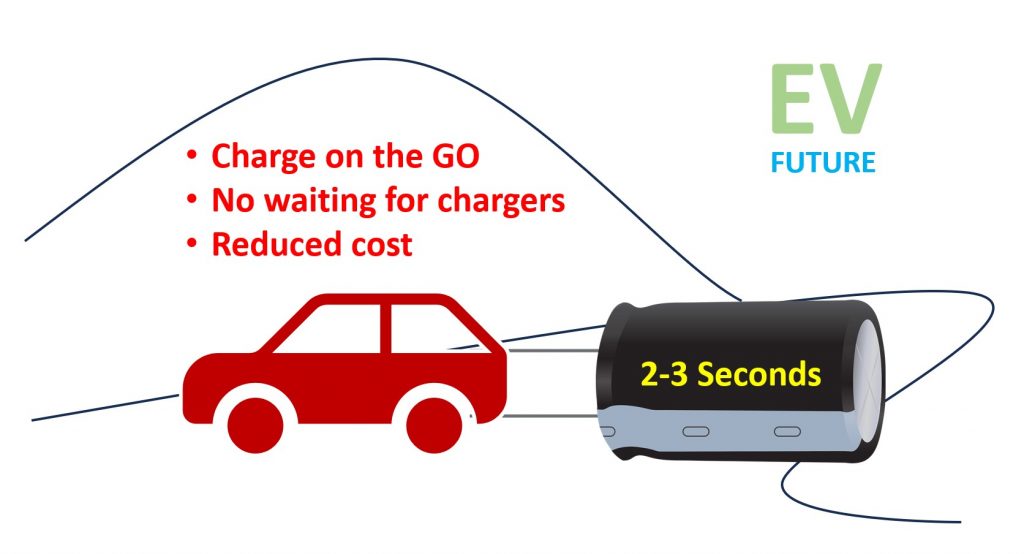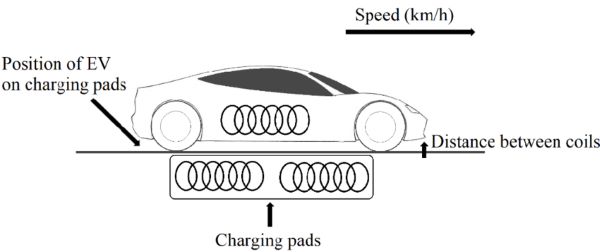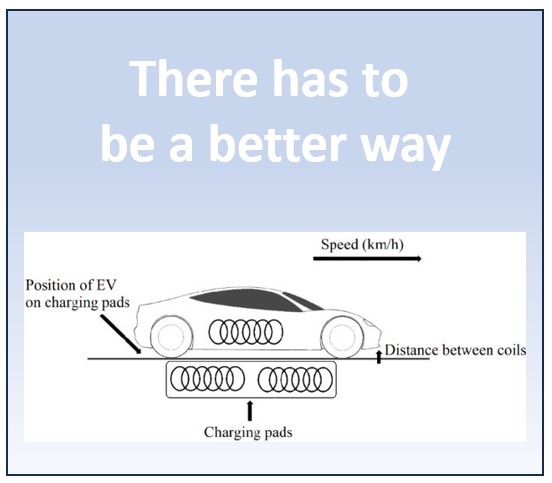Zap, and your gone. Really, it’s not a pipe dream.
We have had the technology to store electric car power, that charges in seconds and has 10x the power density of a lithium-Ion battery for years.
The Capacitor.

So why haven’t we heard about it?? Well you have, and you have been using them elsewhere in the house, You have them in your refrigerator, dishwasher and microwave. But there are some limitations – but then, limitations are there to be overcome.
- Capacitors, weight for weight hold 10x the power of a lithium battery.
- They can charge up, completely full in 2-3 seconds (yes, seconds)
- They don’t deteriorate with age like normal batteries.
So why aren’t car makes filling their electric #EV ’s with capacitors? Well Porsche tried a few years ago, but couldn’t slow them (the storage) down enough.
The problem is that a capacitor wants to give you all of its power in one go, or at best over a very short time frame. Not much good if you want it to last 3 hours on a motorway trip. So car manufacturers are looking at ways of using the superb storage and charging benefits of the capacitor while simultaneously slowing down how quickly it wants to give you that power back.
This is the real golden goose. The same power, would weigh a 10th of current EV batteries. How much better would that be to drive. How much more efficient would that be.
PLUS, the icing on top of the cake, they are not made of rare toxic metals or chemicals. A win win?
Ok, so the maximum range is probably only 15-20 miles, because it really needs to discharge that fast. So does that mean it’s a non-starter?
Lets look at the problem another way.
It takes less than 2 seconds to charge up. It can do 15 miles, conservatively, between charges. So if you needed to go 300 miles it would take 20 charges, total – 40 seconds to charge. Ok, that’s not the problem.
But slowing down, stopping etc, that’s the issue.
But what if you didn’t?
Like your mobile phone, you can have induction charging, you just have to be ‘over’ the charger for the energy to pass from the pad in the road to the car.
How about a series of pads at every traffic light, or junction? You’re bound to stop for at least a second in 15 miles!
And motorways or dual carriage ways aren’t an issue. These induction chargers can be any size or shape – they are just wires buried in the road. At 75 mph motorway speed you travel just under 34 meters in those 2 seconds.

Image courtesy of www.researchgate.net / Mya Eaindra Thein
Every 5 miles you could have a string of 30-40 meter induction coils under the tarmac, you would be fully charged every time you went over them.
Major re-wiring of the roads? Well yes, but at the moment we are looking at the re-wiring of our houses and driveways, with no solution for people who live in apartments or even tower blocks.
No home re-chargers. No trouble trying to find a Tesla charging point that’s both working or free on the way home.
Technology. We love it. We just have to think about it a different way sometimes.
This of course is the same as making event marketing calls – It all happens in one week, for an event this weekend – But it can be compared to a steady, week by week, set of marketing calls, that give you a number of solid leads every week. You get the same leads, they are just spread out so you can manage and cope with them. (Plus you don’t need the attractive, ‘huge discounts’, of an event weekend.)
Have a look at our showroom log / enquiry page – Enquiry Maximisation
